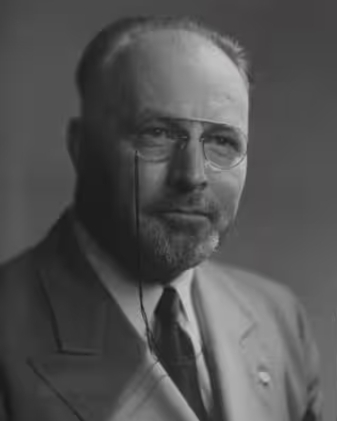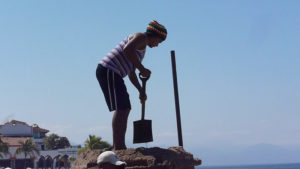The Canadian roots of Elon Musk’s chiropractor grandpa
Joshua Haldeman was just one of thousands of Saskatchewan farmers who lost their land in the drought of the Dirty ’30s.
While that trauma shaped the lives of everyone who went through it, the crisis affected Haldeman in an exceptional way — he never stopped raging at what he perceived were the causes of the Great Depression.
“He would remain leery of financial institutions and other bureaucracies throughout his life, a sentiment that would shape his political philosophy,” says a 1995 academic paper about Haldeman co-written by his son Scott.
Haldeman attended nine colleges and universities, including Moose Jaw College and Regina College, according to the academic paper written by his son Scott. Haldeman concluded his chiropractic training in 1926. Throughout his life, Haldeman was a leader in the chiropractic industry, taking board positions in provincial and national associations and pushing for new legislation.
But in the mid-1920s, instead of taking up chiropractic, he began farming.

Read more….
You can find more information on Joshua Haldeman in our History archive, which contains the notes of chiropractic historian Dr. Joseph C. Keating Jr.
https://chiro.org/Plus/History/Persons/Haldeman/HaldemanJoshua-chrono.pdf





